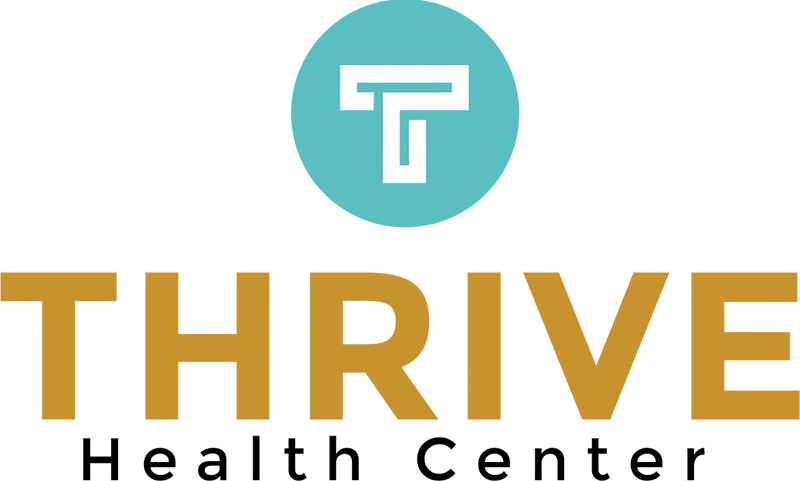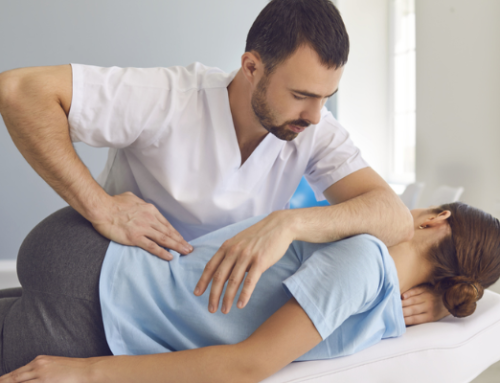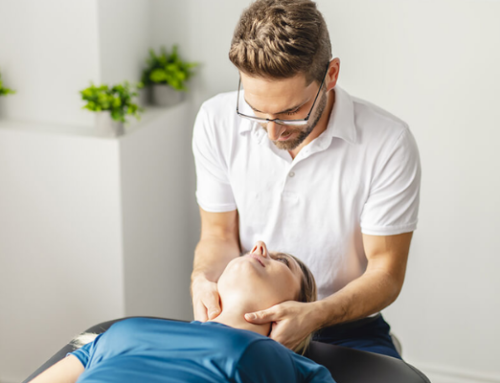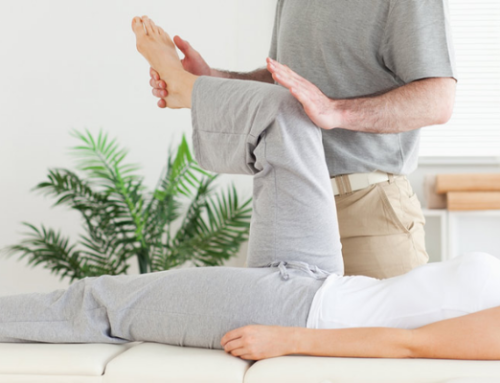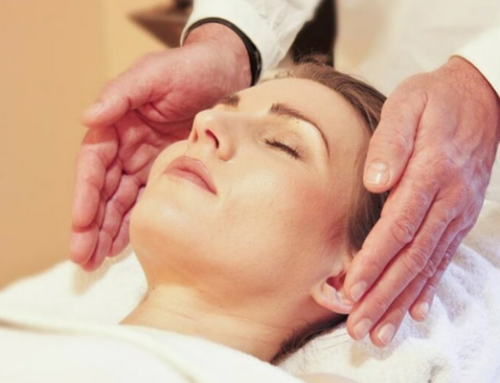Tennis elbow is the pain that an individual feels around the elbow. It is also known as lateral epicondylitis, a form of elbow tendonitis. While it affects tennis players, people who repetitively use their hands or arms, such as plumbers, carpenters, swimmers, and baseball players, are also affected by this painful ailment. Tennis elbow can be very painful, especially making it difficult to lift objects.
Symptoms of Tennis Elbow
The most common symptom of tennis elbow is a pain in the elbow. This pain begins in the elbow and may radiate into the forearm and the wrist. Tennis elbow can also result in pain and weakness in the wrist joint. This can make routine activities such as holding a cup of coffee or turning a doorknob difficult.
The soft tissue that supports the elbow joint can also become inflamed. Continued movement can aggravate this inflammation. The muscles connecting the outside of the elbow and forearm can end up causing weakness and pain. This can also radiate to the hand and wrist.
What Is The Cause Of Tennis Elbow?
Tennis elbow is caused by inflammation or degeneration of the tendons. It can be chronic or acute. The symptoms of acute tennis elbow may be a bony bump at the outer part of the elbow or inflammation in the tendon.
The inflammation that happens with acute tennis elbow is a result of the repetitive stress placed on the muscles of the forearms. This stress can cause the tendons of your elbow to become injured or irritated, leading to inflammation in the forearm and elbow.
Chronic tennis elbow often affects non-athletes between the ages of 35 and 55. Tendon degeneration is usually the root cause of most chronic elbow cases. This degeneration causes normal tissues to be replaced with irregular arrangements of scar tissue. The affected area becomes weaker and prone to injury because of scar tissue.
Chronic tennis elbow is also due to repetitive stress. It commonly affects people who play racquet sports, but it can also affect those who overuse their elbow in other sports or regular activities as well. The inflammation of the tendons connecting the forearms that tennis elbow causes often leads to pain in the area outside the elbow and in the upper forearm. When a person experiences tennis elbow, straightening of the tendon joints often becomes painful.
Common Causes Of Tennis Elbow

Repetitive movements are one of the common causes of tennis elbow. The overuse of the wrist, hand, forearm, and/or elbow joint is another common cause. Tennis elbow is a common result of activities that may include the following:
- Tennis and other sports: Tennis elbow is an injury that is common among young athletes. Tennis and other sports activities that require repetitive movement of your arm (causing overuse) may lead to tennis elbow. Sports like baseball and racket sports involve the repetitive movement of tendons, muscles, and ligaments in your arms. Overuse may result in tennis elbow.
- Computer usage: You are at risk of developing tennis elbow if you work at a desk all day. This is because computer usage that requires the repetitive moving of the computer’s mouse can strain the muscles in your arms. These arm muscles are meant to support the joint of your elbow. Overusing these muscles can cause tennis elbow.
- Home improvement work: Home improvement activities such as driving tools, painting, or using other equipment may lead to an overuse injury. You may develop tennis elbow if you are doing home renovations. Pain from tennis elbow may follow after repetitive arm movements.
- Job-related tasks: Certain types of tasks carried out for some particular jobs can put you at risk of developing tennis elbow and other work injuries. Carpenters, plumbers, and painters all make use of their arms repeatedly. They can end up putting too much pressure on the elbow joint and supporting tissues, resulting in tennis elbow.
Chiropractic Treatment For Tennis Elbow

There are many treatment options for tennis elbow, but chiropractic care is the best. If you have symptoms of tennis elbow, and you visit a chiropractor, a physical examination of your elbow, wrist, and forearm will be carried out. This may involve asking you to gently twist and turn your arm to help identify movements that cause discomfort and pain.
As part of the examination, the chiropractor may also run diagnostic imaging tests like CT scans and/or X-rays. This will help confirm the diagnosis and rule out other injuries.
A chiropractor can help with tennis elbow in many ways. Here are a few:
1. Resting the elbow and arm
Resting your elbow and arm is a likely recommendation by a chiropractor treating tennis elbow. This is especially effective when the pain keeps getting worse. In addition to rest, you may also be advised to put ice on the affected area. The application of ice to the affected area will allow your body to heal. It will also help you recover from repetitive movement injuries quicker.
2. Managing the pain
Elbow adjustments are performed, but a chiropractor can also help you manage the pain caused by tennis elbow. One general benefit to chiropractic treatment is that it does not mask the issue, but, rather, addresses the root cause of your pain. A chiropractor will identify the cause of your tennis elbow and offer treatment for lasting relief. The elbow joints can function their best when properly aligned. There will also be a reduced risk of injury when the elbow joint is in its proper position.
3. Reducing inflammation
A common symptom of tennis elbow is inflammation of the affected area. Chiropractic adjustments can help reduce inflammation in this area. It is important that the elbow joint functions properly. Chiropractic adjustments can help you achieve that. Oxygen-rich blood and healthy nutrients can effectively flow to the area when your elbow functions properly.
Conclusion
Chiropractic care and STEMWAVE can help with tennis elbow. Treatment is performed to heal and restore proper elbow movements. You will be free from the pain of this injury when your elbow joint is functioning as it should. At Thrive Health Center, we always aim to provide patients with long-lasting relief from pain. Call 904-683-9397 for more info.


